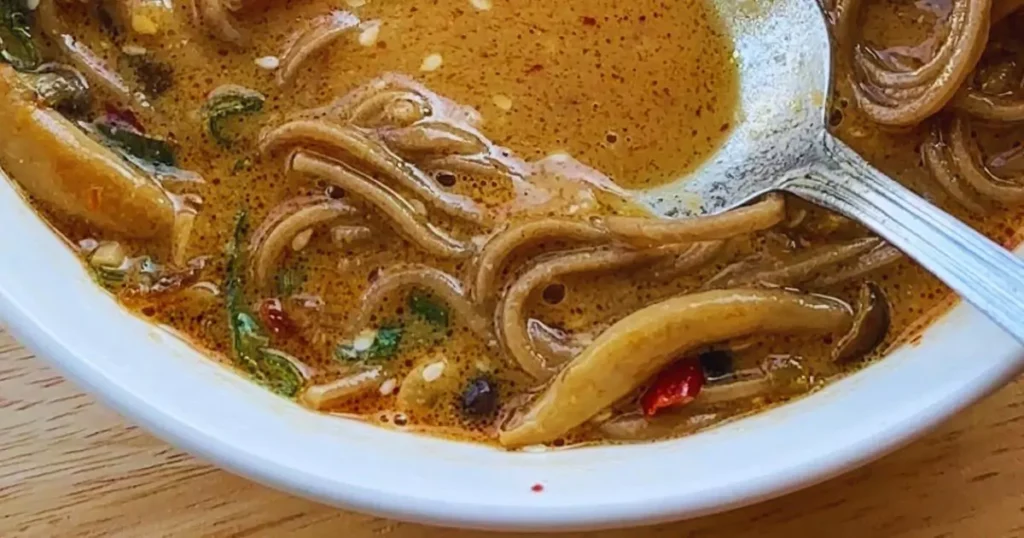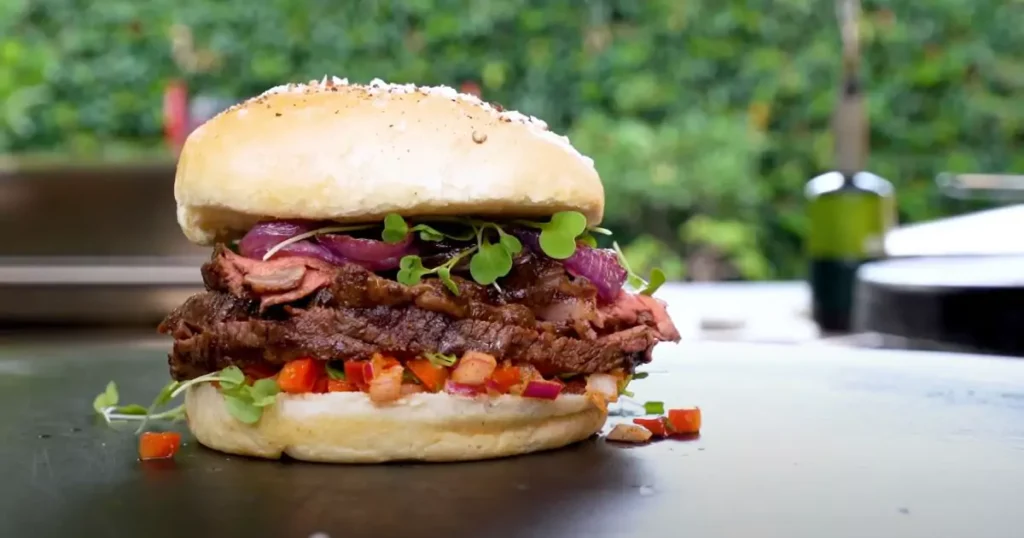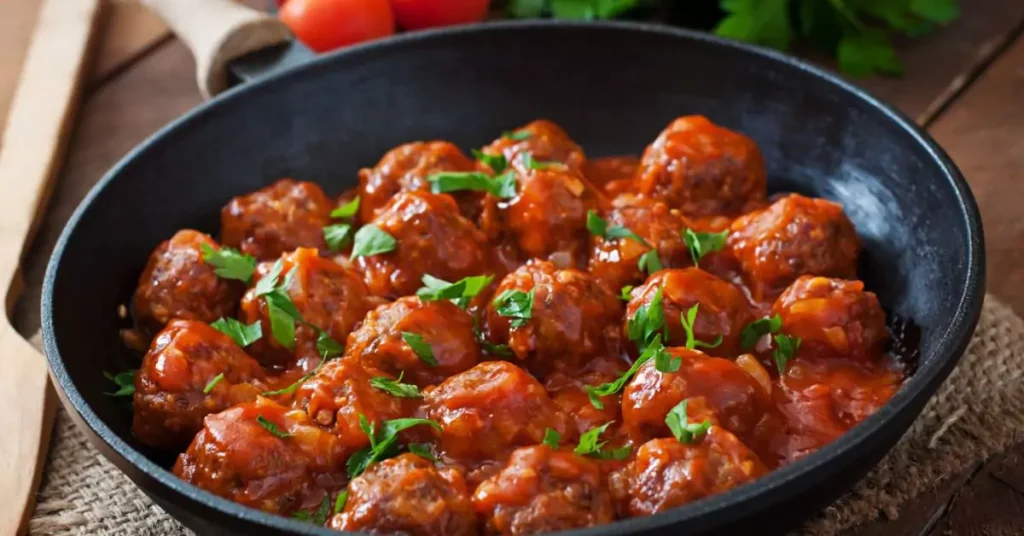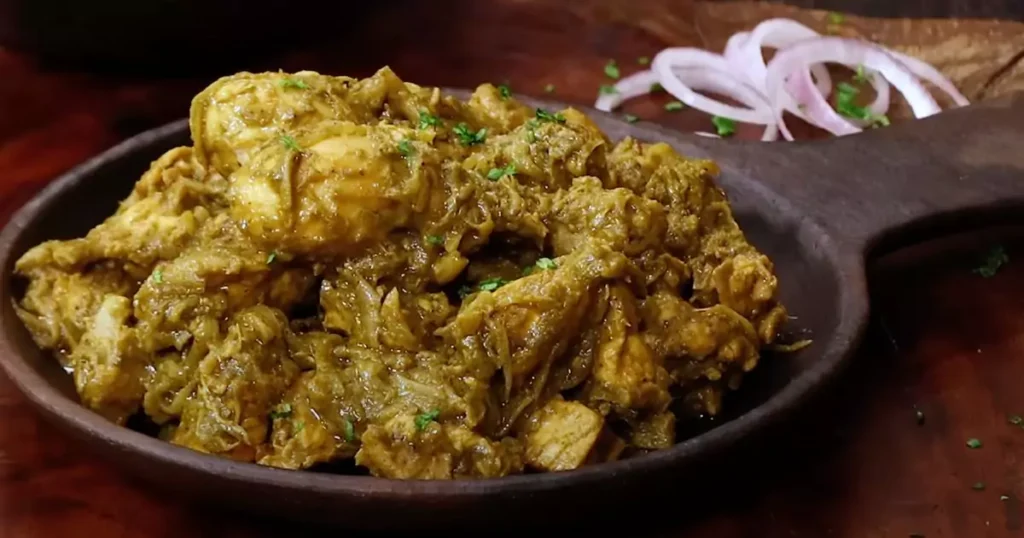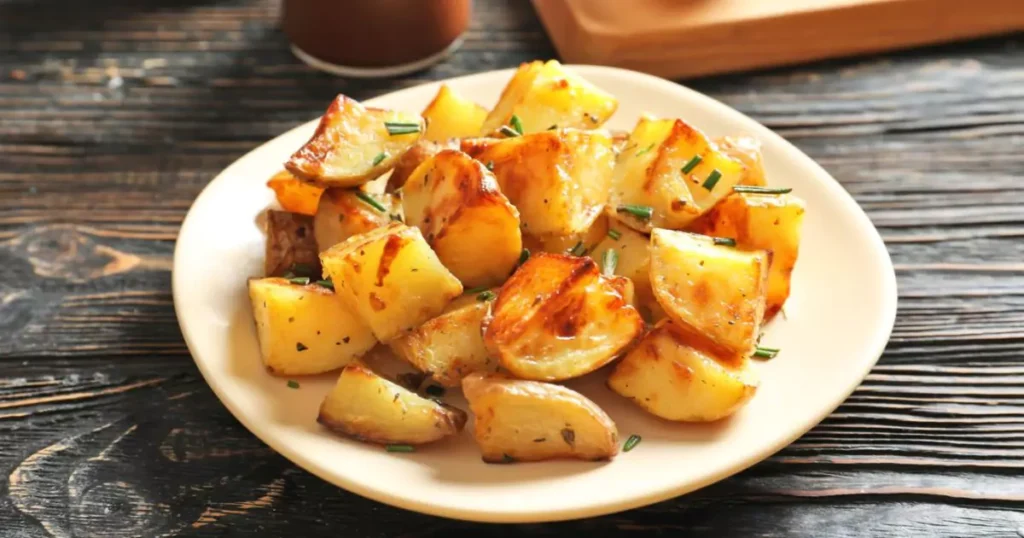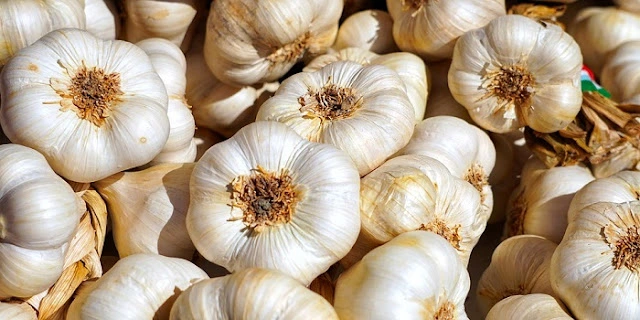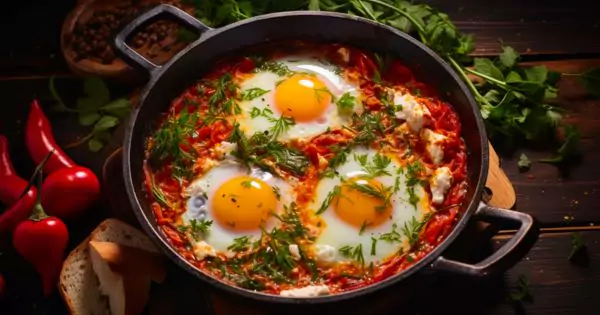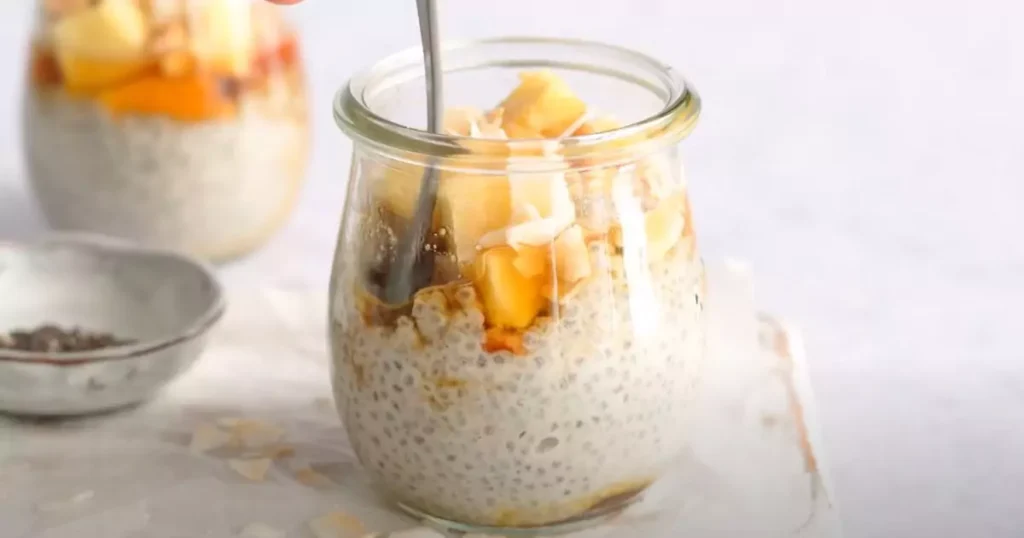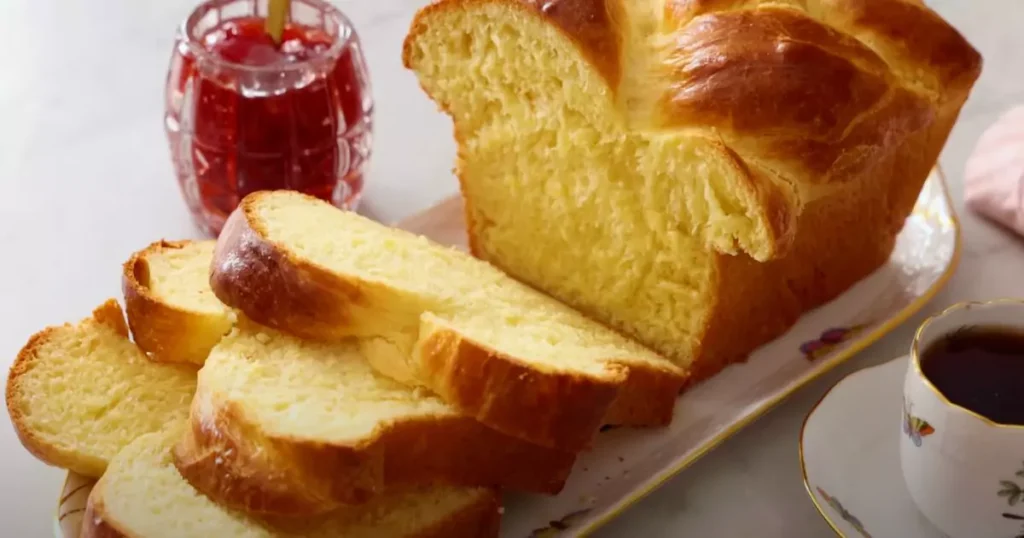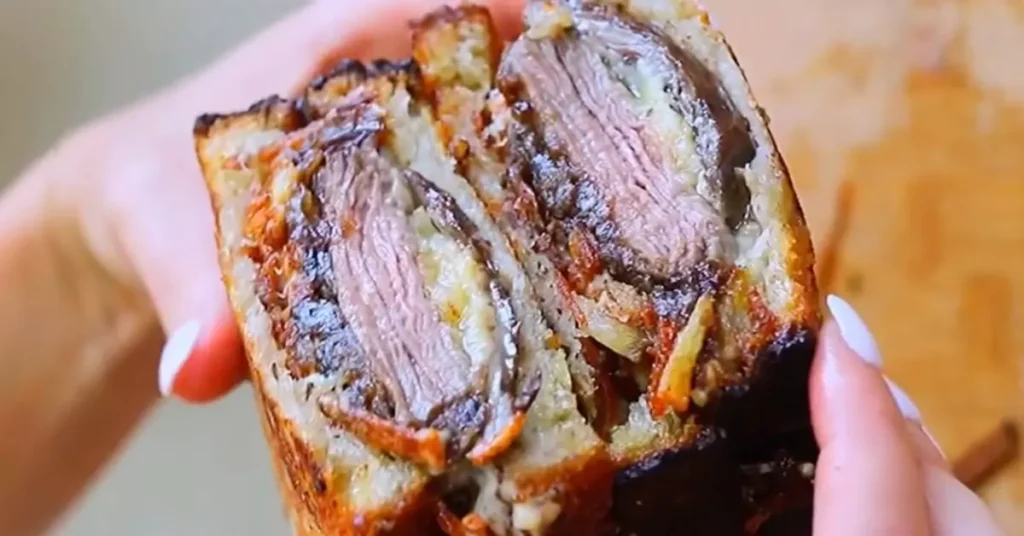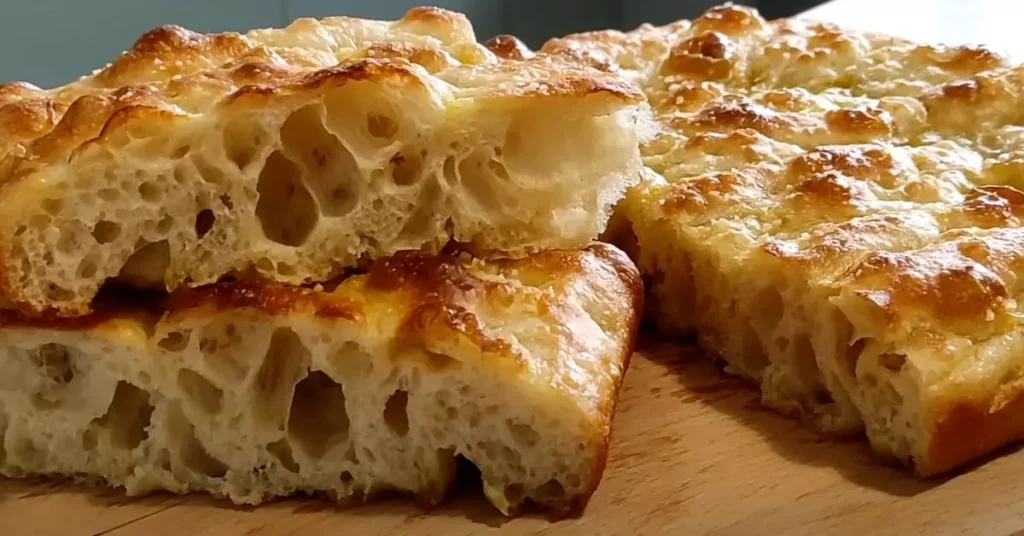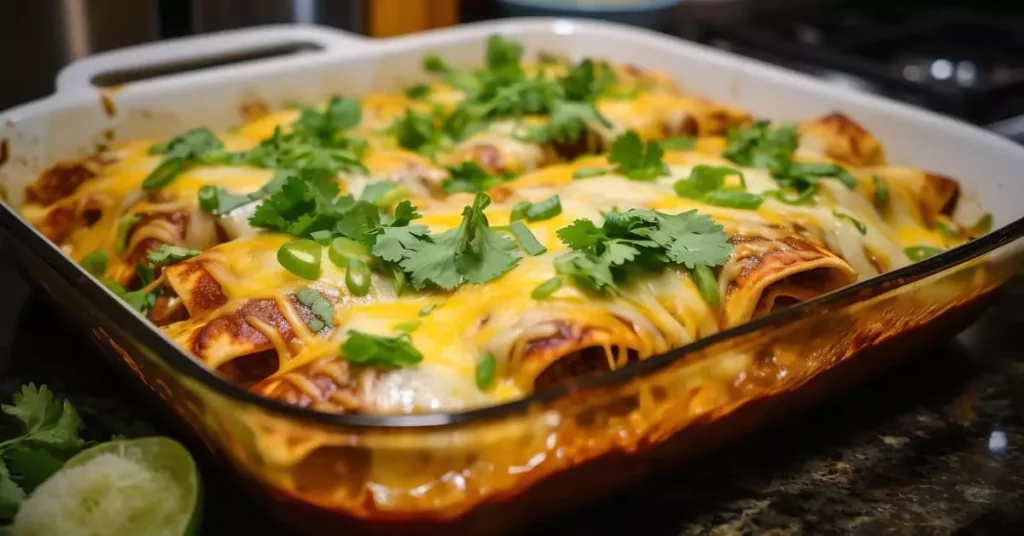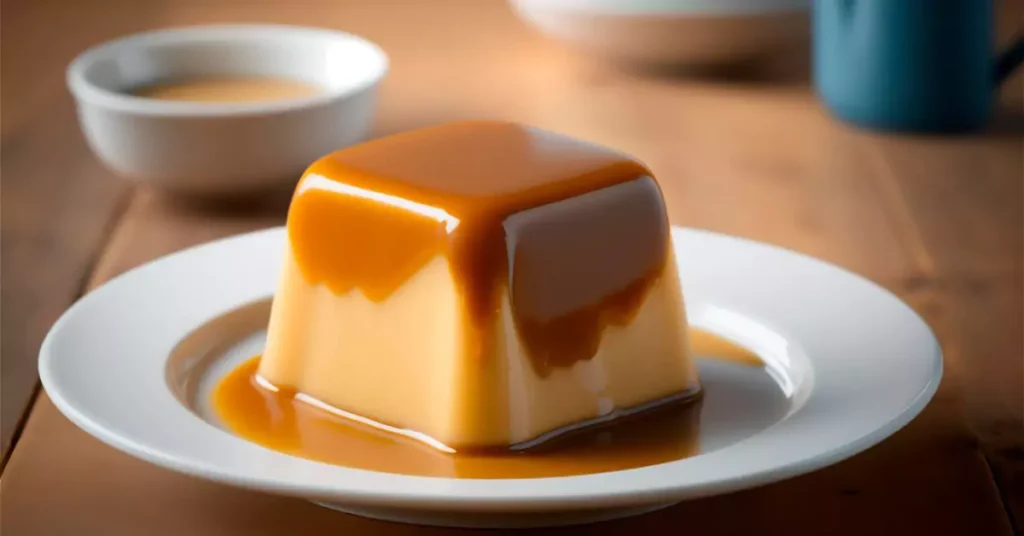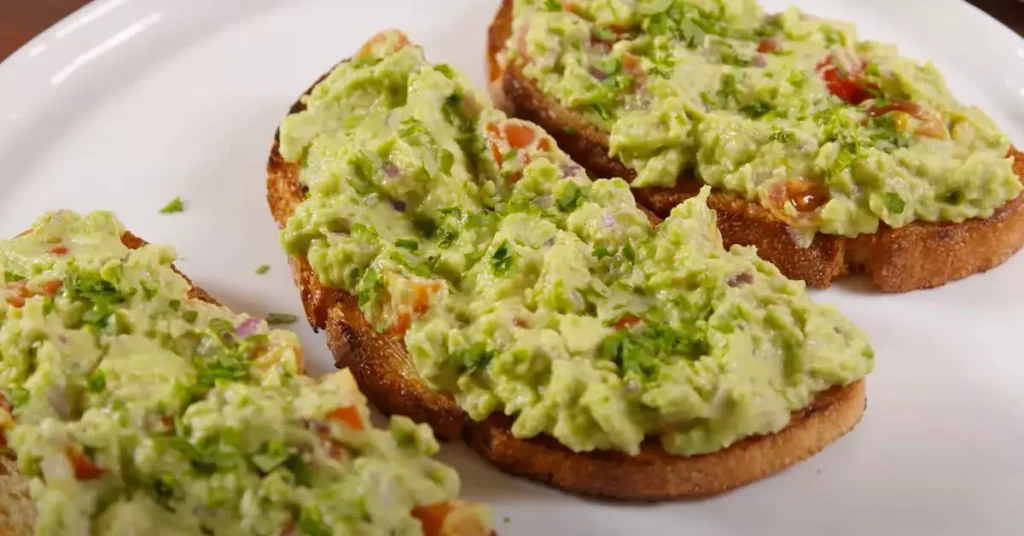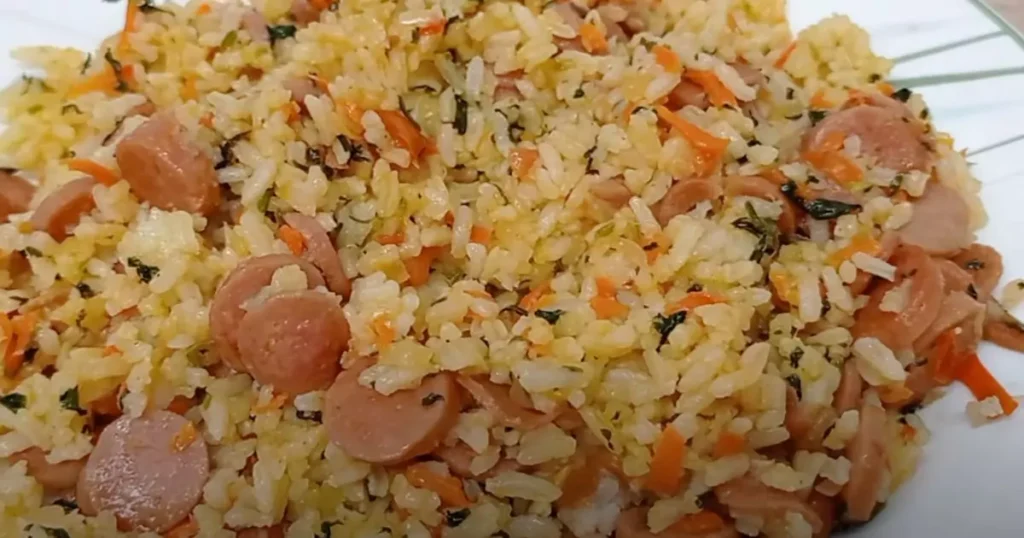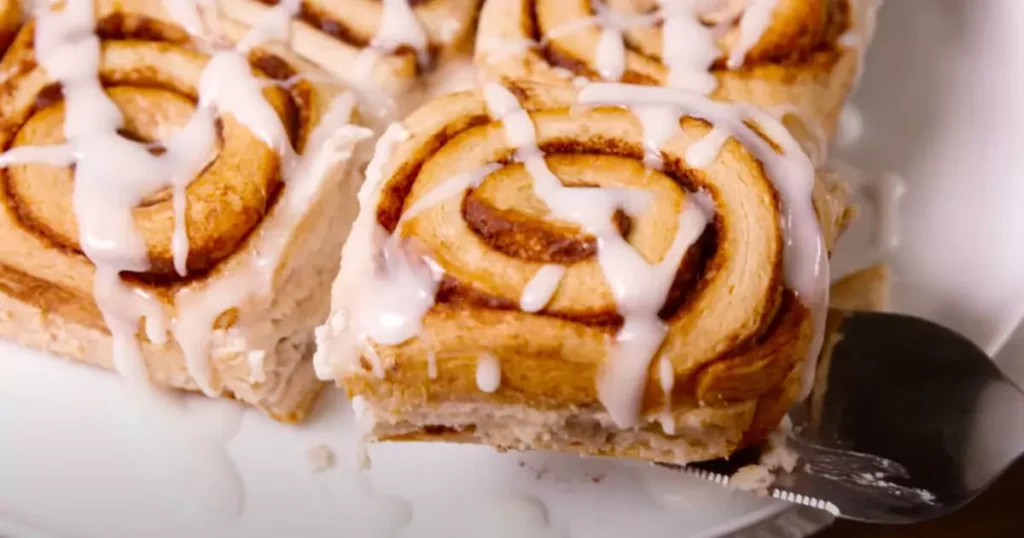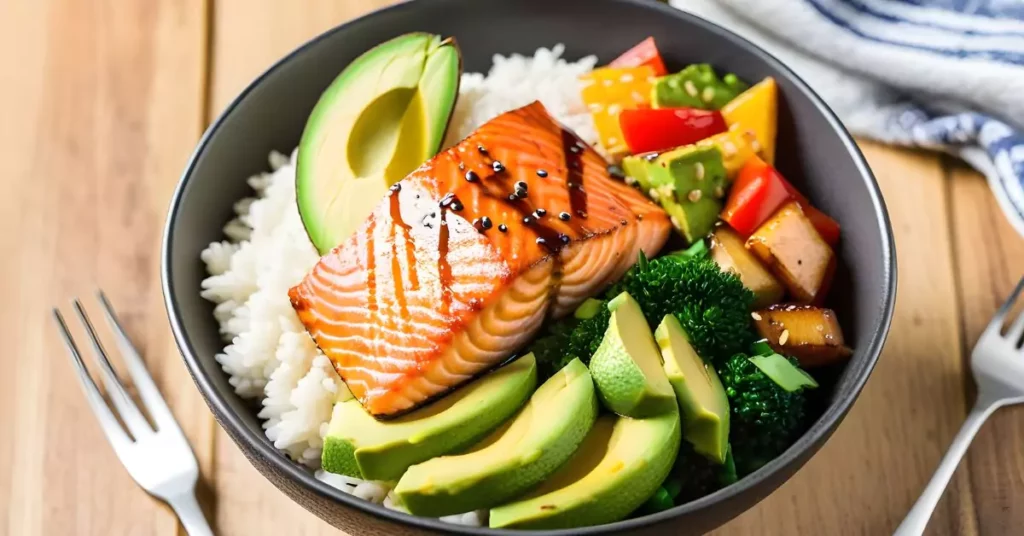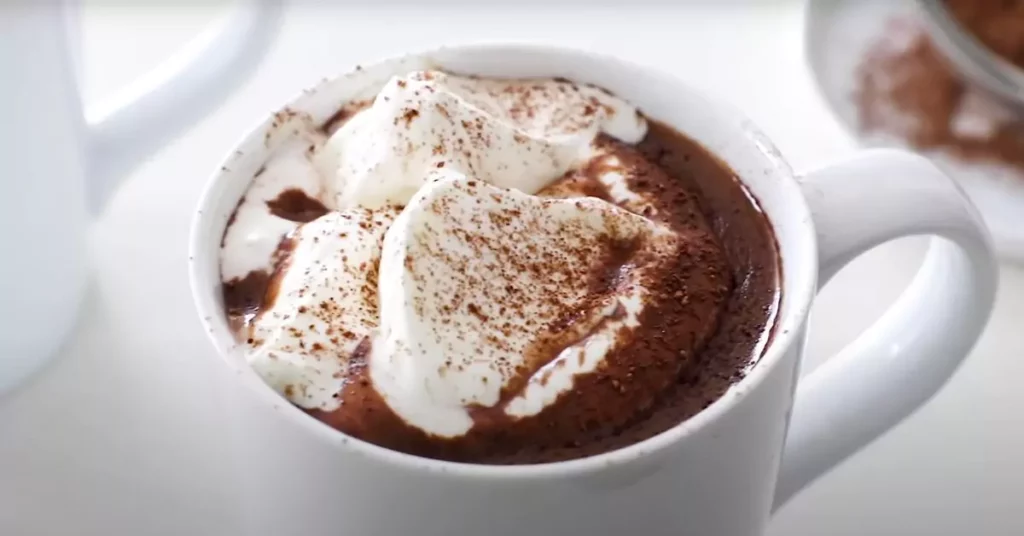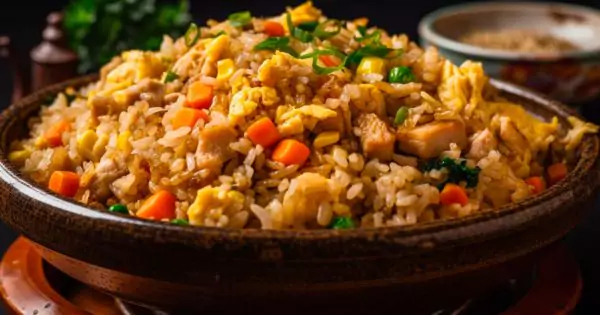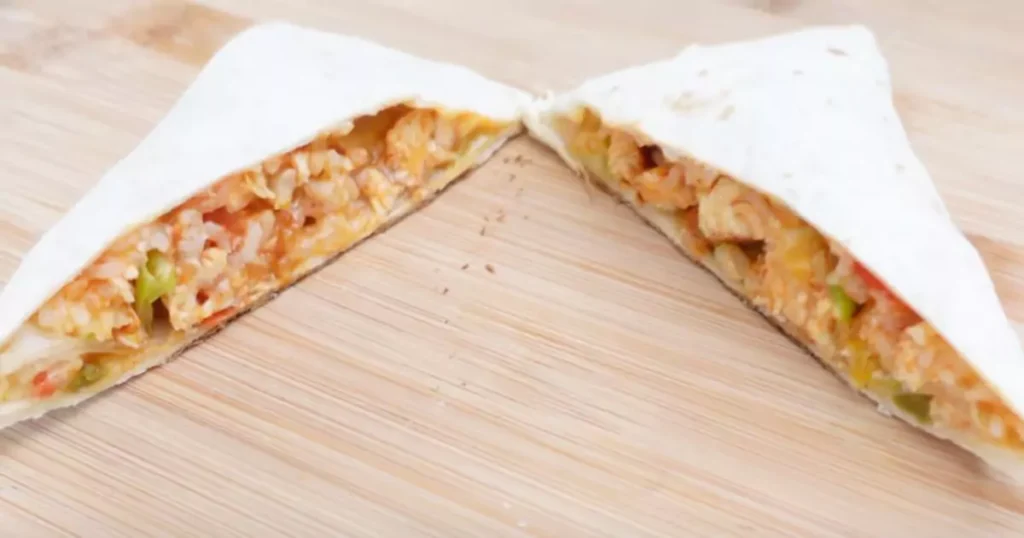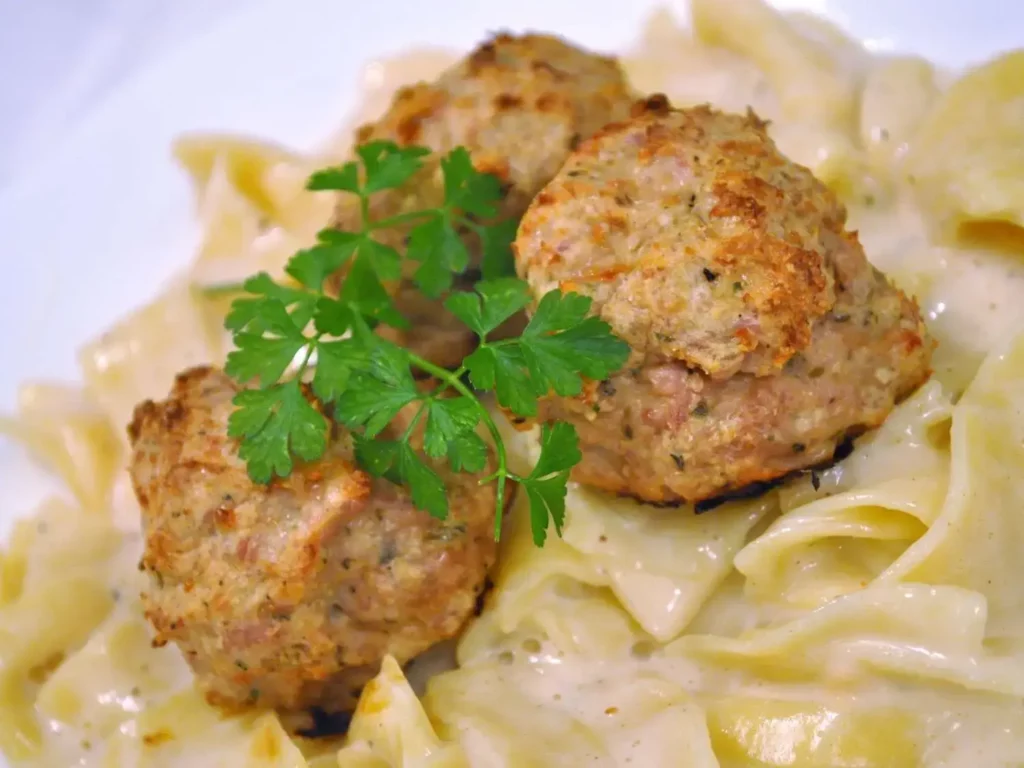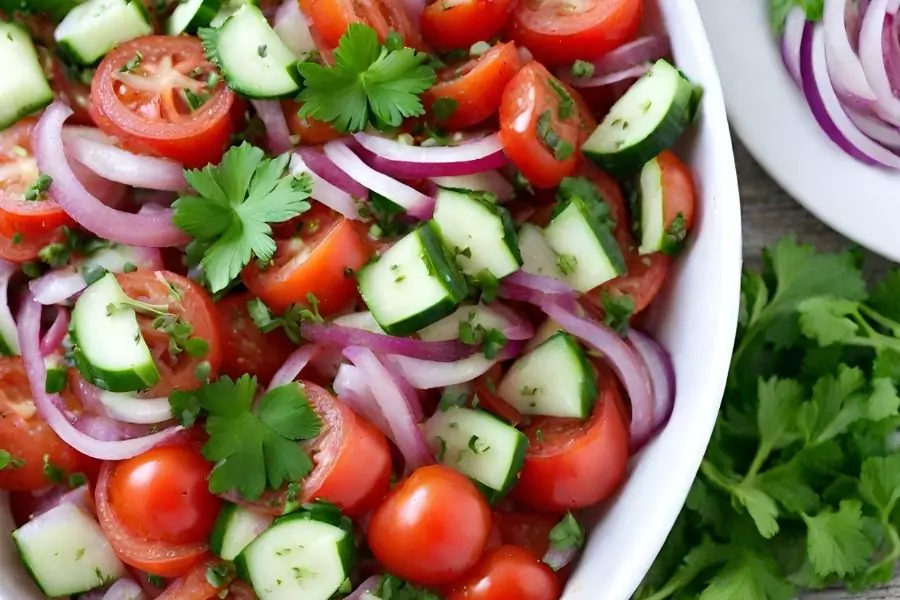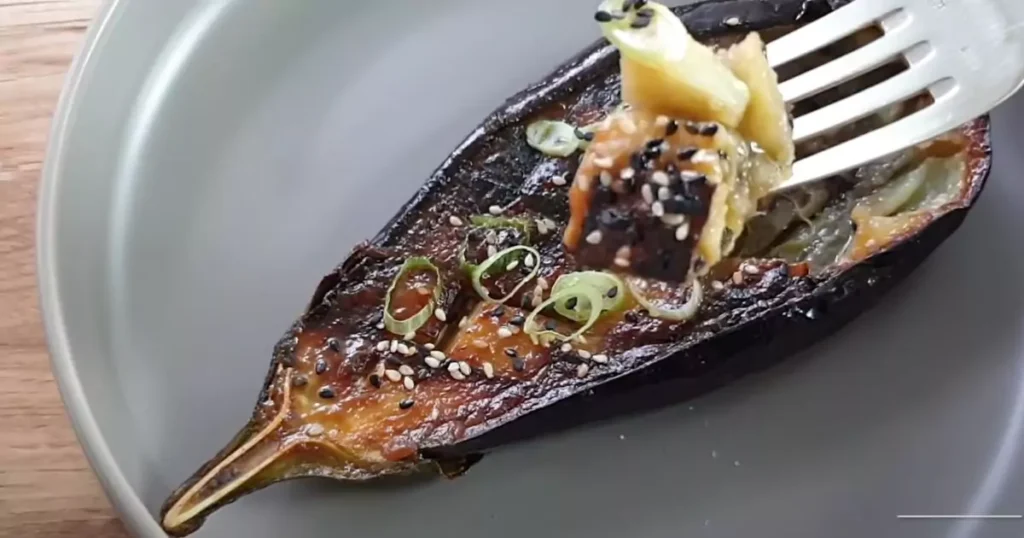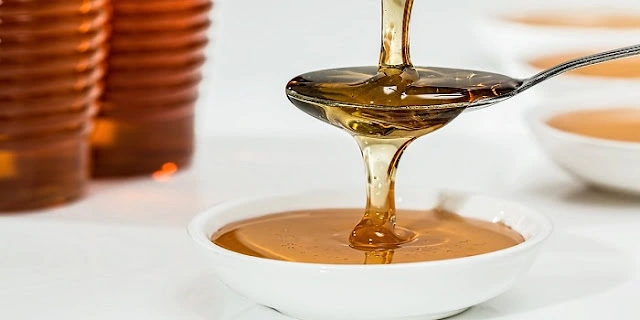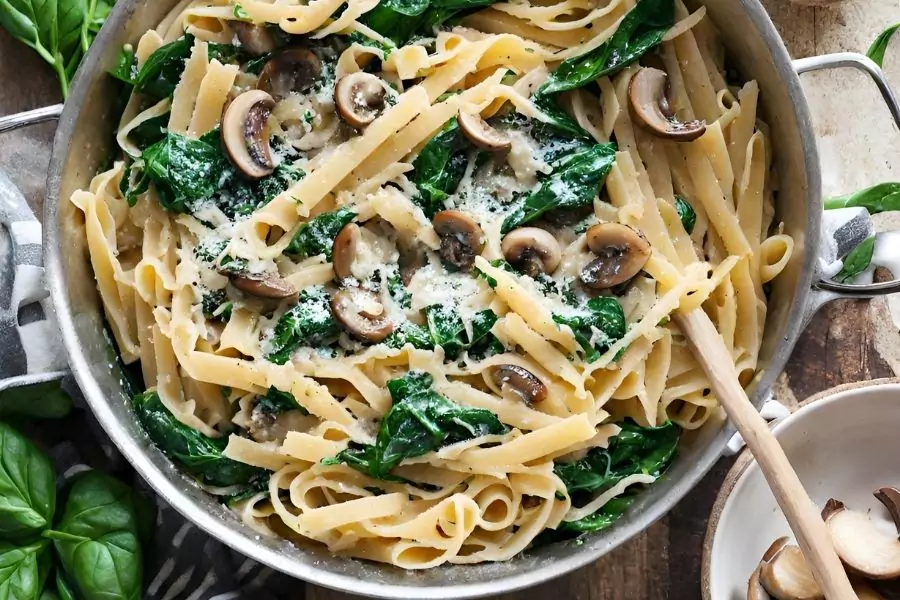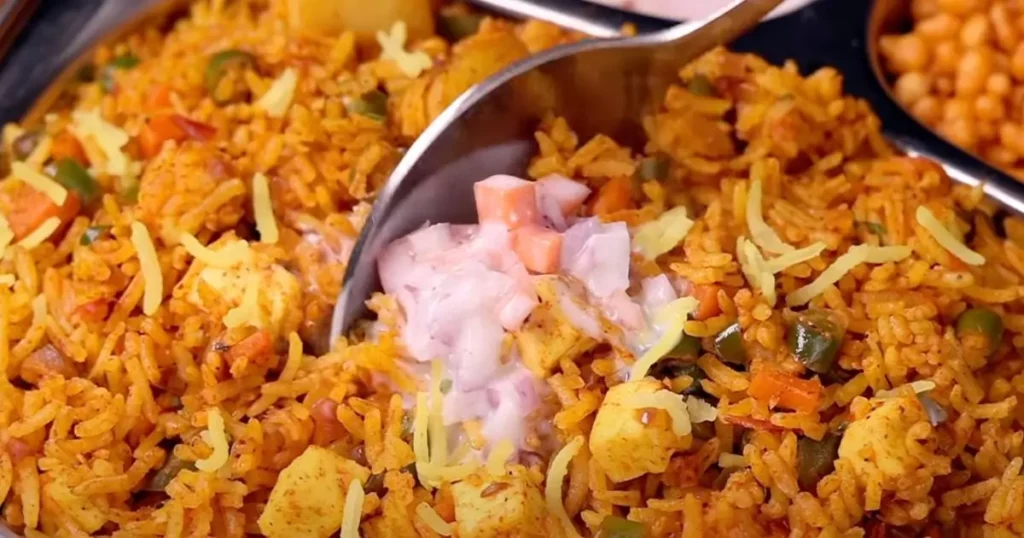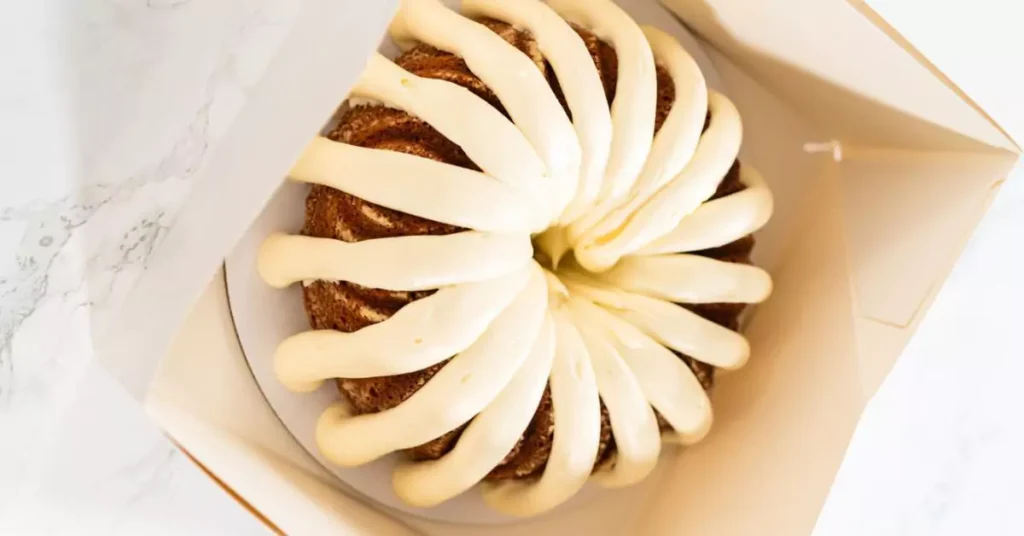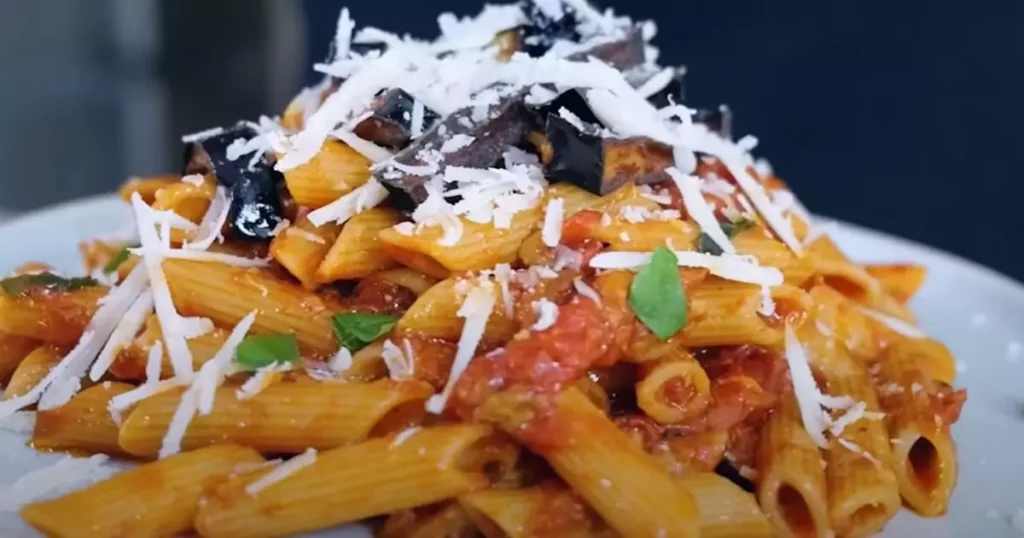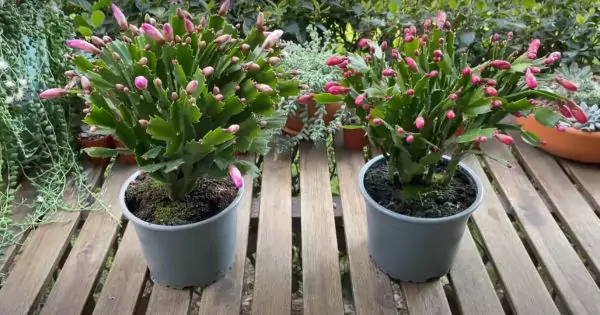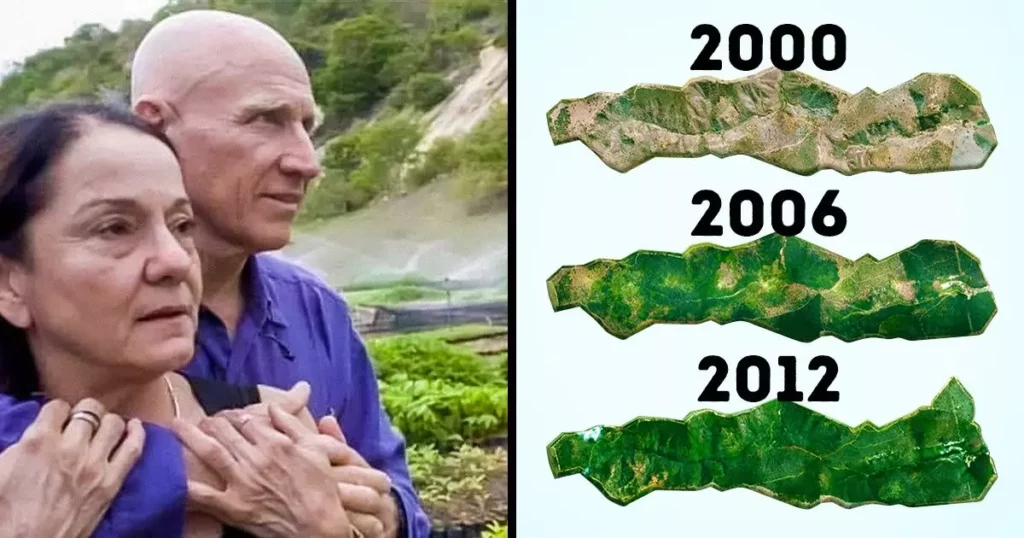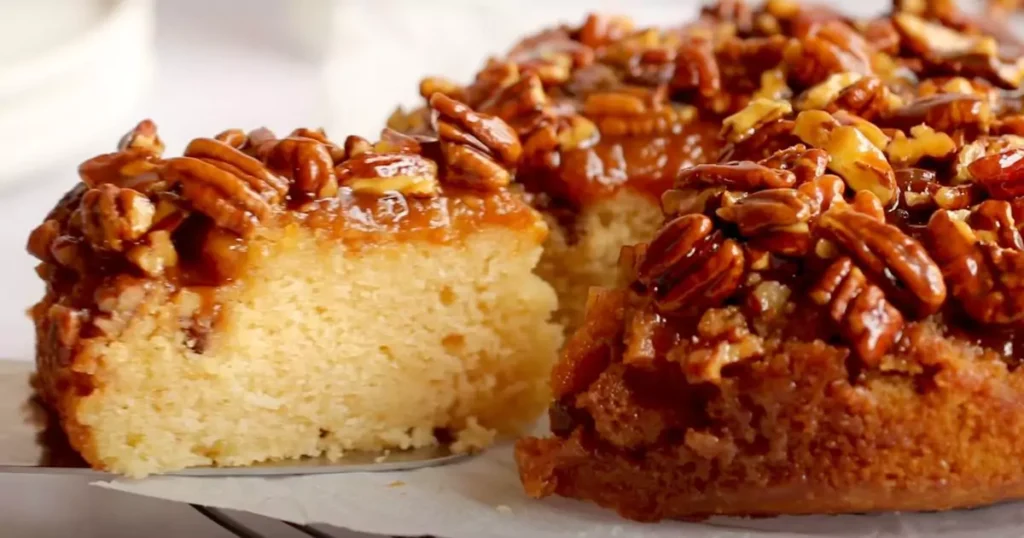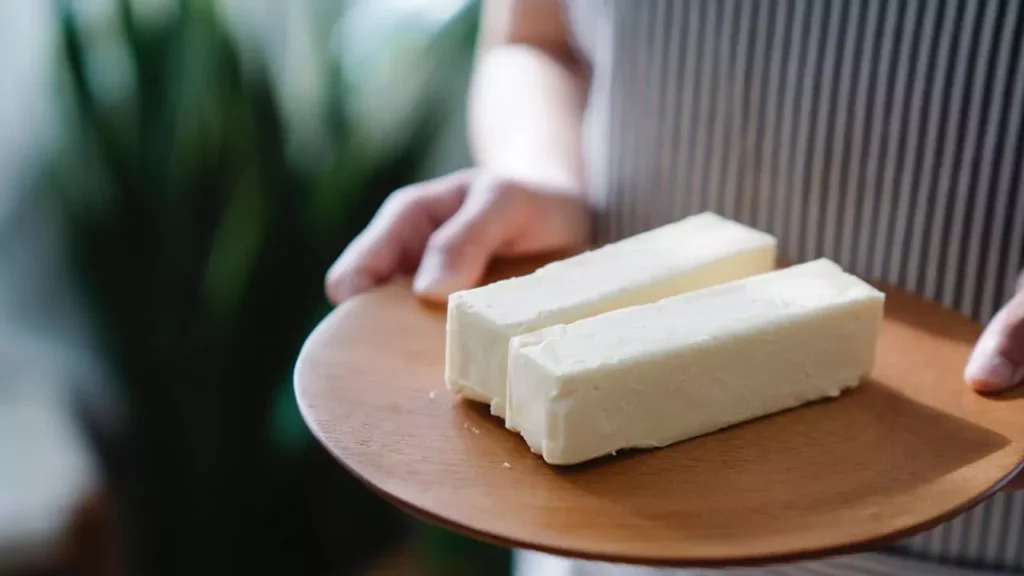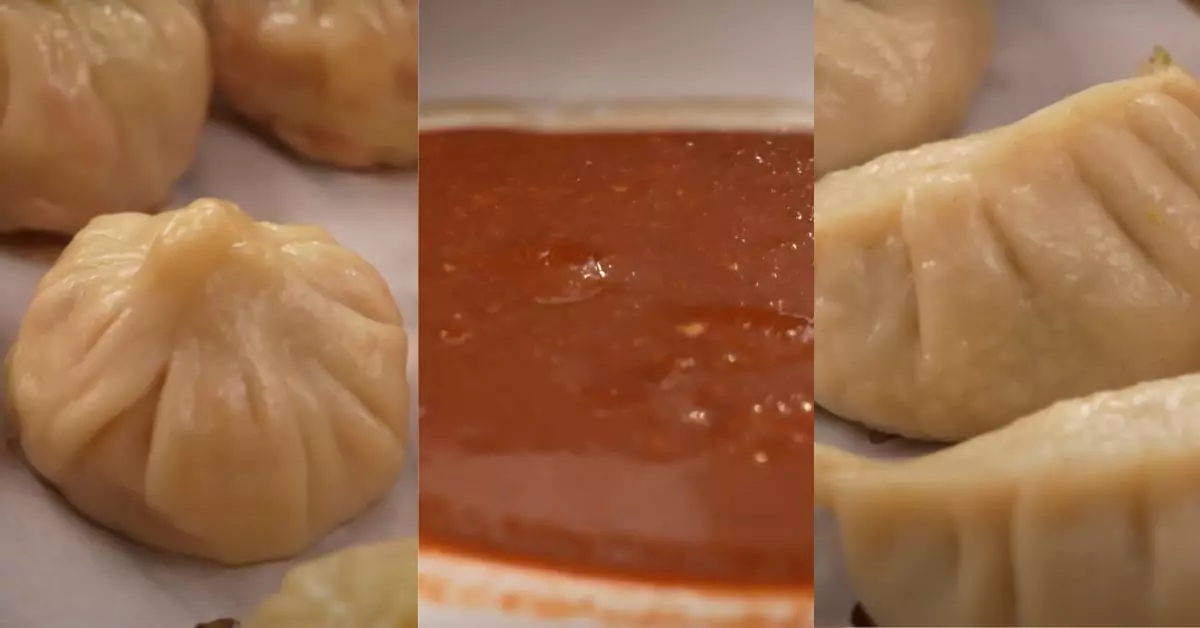
Momo, a type of Nepali dumpling, has a special place in the hearts of many, including chefs and food enthusiasts worldwide. This delightful dish, which I had the pleasure of enjoying during staff lunches as a chef, was often prepared by Nepalese chefs, showcasing its authenticity and rich cultural heritage. In this comprehensive guide, we’ll explore the art of making both Chicken and Vegetable Momo, accompanied by a tantalizing Tomato Chutney, ensuring you can recreate these flavors in your kitchen.
The Art of Momo Dough
Creating the perfect momo dough is a blend of simplicity and technique. This base is crucial in crafting those delightful Nepali dumplings – momos. A well-made dough ensures the momos are soft, yet sturdy enough to hold the filling, and have the perfect chewiness when bitten into. Here’s how you can master the art of momo dough making.
Basics of Dough Making
Ingredients:
- Plain Flour: 240g (8.5 oz)
- Water: 180ml (6 fl oz)
- White Vinegar: 1 tablespoon
- Salt: 1 teaspoon
Step-by-Step Instructions:
- Mixing the Ingredients: Start by placing the flour in a large mixing bowl. Add salt and mix it into the flour. This ensures an even distribution of the salt in the dough.
- Adding Liquids: Make a well in the center of the flour and pour in the water and vinegar. The addition of vinegar is a little secret that helps in developing gluten, giving the dough its unique texture.
- Kneading: Use your hands to mix the flour with the liquids, gradually incorporating them to form a dough. Once the dough starts to come together, transfer it onto a clean surface and begin kneading. Knead for about 4-5 minutes, until the dough is smooth and elastic. It should be firm but not too stiff.
- Resting the Dough: Shape the dough into a ball and cover it with a damp cloth. Let it rest for at least 30 minutes. This resting period allows the gluten to relax, making the dough more pliable and easier to roll out.
Tips for Perfect Dough Texture
Achieving the Right Elasticity and Smoothness:
- Kneading is Key: The kneading process develops the gluten in the flour, which is essential for the dough’s elasticity. A well-kneaded dough will stretch without tearing, making it ideal for wrapping the filling snugly.
- Hydration Balance: The amount of water in your dough is crucial. Too little water and your dough will be tough; too much, and it will be sticky. The water should be added gradually until the desired consistency is achieved.
- Resting Time Matters: Do not underestimate the importance of letting your dough rest. This time allows the gluten strands to relax and the dough to become more pliable, reducing the likelihood of it tearing when rolling out.
- Consistency: Aim for a dough that’s smooth and soft, yet firm enough to hold its shape. It shouldn’t stick to your hands or the surface, nor should it feel dry or crumbly.
- Temperature of Water: Using lukewarm water can help in better gluten development. Cold water tends to stiffen the dough, while hot water can make it too soft and sticky.
Mastering the momo dough is the first step in your journey of making delicious momos. With practice, you’ll get a feel for the right texture and elasticity. Remember, the quality of the dough can elevate your momo experience from good to great. Happy dough-making!
Chicken Momo Recipe
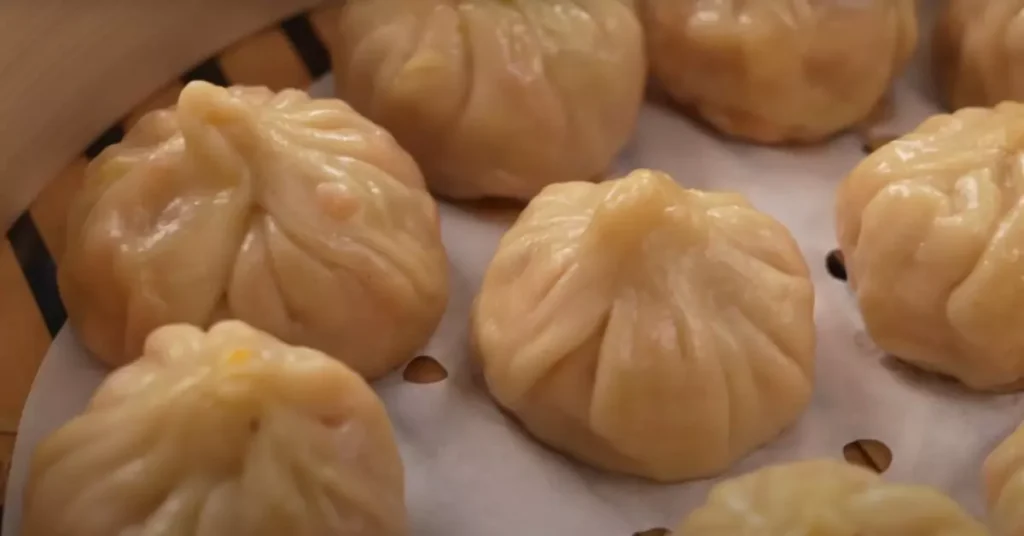
Chicken Momos are a beloved staple in Nepali cuisine, known for their savory filling wrapped in a soft, delicate dough. Here’s how you can make these delicious dumplings at home.
Ingredients for Chicken Momo:
Dough:
- Plain Flour: 240g (8.5 oz)
- Water: 180ml (6 fl oz)
- White Vinegar: 1 tbsp
- Salt: 1 tsp
Chicken Filling:
- Chicken Mince: 500g (1.1 lb)
- Spring Onions: 3, finely sliced
- Ginger: thumb-size piece, minced
- Garlic: 5 cloves, minced
- Green Chillies: 1-3, finely diced (adjust to taste)
- Ground White Pepper: 1 tsp
- Ground Cumin: 1 tsp
- Soy Sauce: 1 tbsp
- Sugar: 1 tsp
- MSG (Monosodium glutamate): ½ tsp (optional)
Steps to Prepare Chicken Momos:
- Making the Dough:
- In a mixing bowl, combine 240g of plain flour, 180ml of water, 1 tbsp of white vinegar, and 1 tsp of salt. Stir until a dough forms.
- Turn the dough onto a floured surface and knead for 4-5 minutes until smooth.
- Cover and let it rest for 30 minutes.
- Preparing the Filling:
- In another bowl, combine 500g of chicken mince with 3 finely sliced spring onions, minced ginger, minced garlic, diced green chillies, 1 tsp each of ground white pepper and cumin, 1 tbsp of soy sauce, 1 tsp of sugar, and ½ tsp of MSG (optional).
- Mix thoroughly to ensure the flavors are well distributed.
- Assembling the Momos:
- After the dough has rested, roll it into a log and cut into 2 cm thick pieces.
- Roll each piece into a thin circle, about 1-2 mm thick. A cookie cutter can be used for uniformity.
- Place a heaped teaspoon of chicken filling in the center of each circle.
- Fold the dough over the filling to create a moon shape and seal the edges. Pinch together the two corners of the moon shape to ensure it’s well sealed.
- Cooking the Momos:
- Arrange the momos on a steamer lined with parchment paper. Make sure they don’t touch each other.
- Steam for 5-6 minutes, or until the dough becomes slightly translucent.
Serving Suggestions:
- Serve the Chicken Momos hot with a side of spicy Tomato Chutney for dipping.
- Garnish with additional spring onions or fresh herbs for an extra burst of flavor.
Pro Tips:
- Adjust the number of green chilies in the filling according to your spice preference.
- Ensure the filling is moist but not overly wet to prevent the dough from becoming soggy.
Enjoy the rich and flavorful experience of Chicken Momos, a dish that not only satisfies your hunger but also brings a taste of Nepali tradition to your table.
Vegetable Momo Recipe
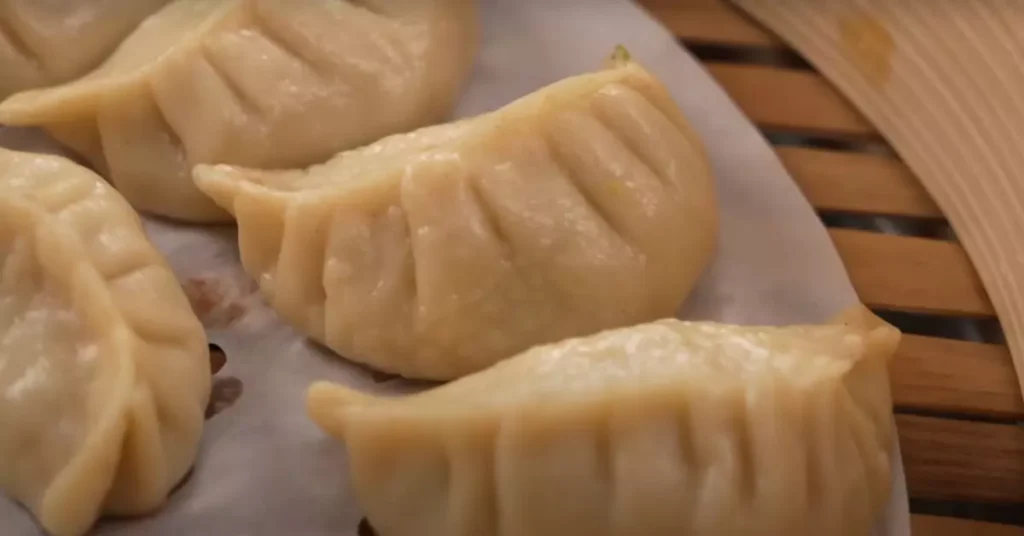
Vegetable Momos are not just a treat for vegetarians but for anyone who loves a good, hearty dumpling filled with the goodness of fresh vegetables and spices.
Ingredients for Vegetable Filling:
- Cabbage: ¼, finely sliced
- Carrots: 3, grated
- Red Onion: 1, finely diced
- Garlic: 5 cloves, finely grated
- Ginger: thumb-size piece, grated
- Green Chillies: 2, finely diced
- Salt and Pepper: to taste
Steps to Prepare Vegetable Filling:
- Cooking the Filling: Heat some oil in a pan. Start by cooking the diced red onion with a pinch of salt. After 2 minutes, add garlic, ginger, and chilies, cooking for another minute. Then, mix in the cabbage and carrot, and cook for 5-6 minutes.
- Seasoning: Check the seasoning, adding salt and pepper as needed. Once cooked, allow the mixture to cool completely.
Assembling and Cooking the Vegetable Momos:
- Prepare the Dough: Use the same dough recipe as for the Chicken Momos.
- Filling and Folding: Place a heaped teaspoon of the veggie filling in the center of each rolled-out dough circle. Bring all sides of the dough to the center and seal it at the top by pinching and crimping.
- Steaming: Steam the prepared momos for 5-6 minutes.
Pro Tips:
- Be sure not to overfill the momos, as this can make them difficult to seal.
- Steaming time may vary slightly based on the thickness of the dough and the moisture content of the filling.
Complementing the Momo: Tomato Chutney
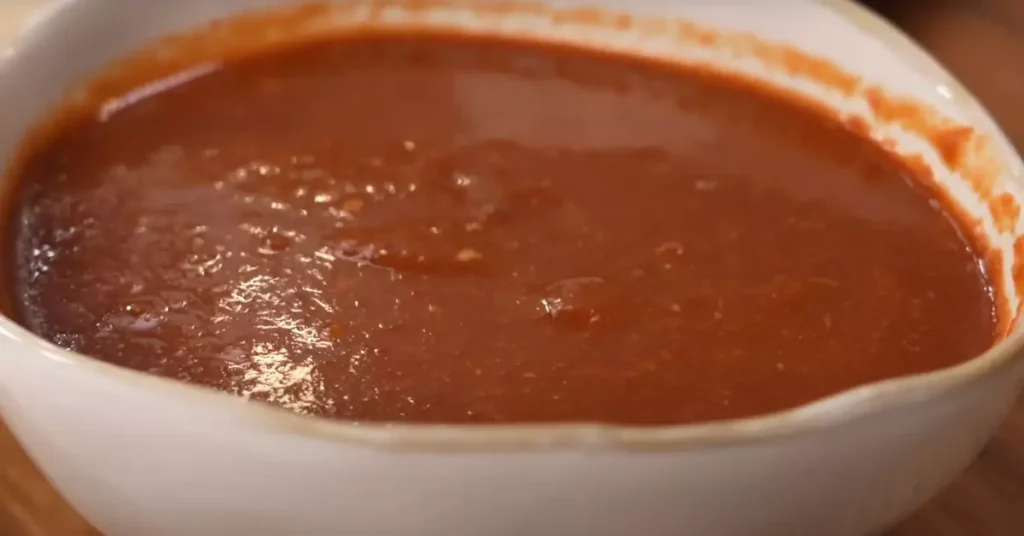
Tomato Chutney, also known as Tomato Achar, is a Nepali condiment that pairs wonderfully with momos, enhancing their flavor with its spicy and tangy profile.
Ingredients for Tomato Chutney:
- Dried Chillies: 5-10 (adjust for spiciness)
- Tomatoes: 5, diced
- Garlic: 6 cloves, crushed
- Ginger: thumb-size piece, grated
- Coriander Roots: 1 bunch, sliced
- Salt: to taste
- Soy Sauce: 2 tbsp
- Vinegar: 1 tbsp
- Brown Sugar: 1 tbsp
Preparing the Chutney:
- Simmering Chillies: In a saucepan with a cup of water, add the dried chillies and simmer for 5-6 minutes until they soften.
- Adding Ingredients: Add the remaining ingredients and cook over medium-low heat for 20-25 minutes. The tomatoes should be soft and thoroughly cooked.
- Blending: Blend the mixture until smooth. Your spicy and tangy chutney is ready to be served with momos.
Pro Tips:
- Adjust the number of dried chillies based on how spicy you want the chutney.
- The balance of vinegar and sugar adds a perfect tangy sweetness to the chutney.
Serving and Presentation
Bringing the Meal Together with Style and Flavor
Presentation and pairing are key to elevating the momo-eating experience.
Creative Serving Ideas:
- Arrange the momos on a platter with the Tomato Chutney in a small bowl for dipping.
- Garnish with fresh coriander leaves or thinly sliced green chilies for a pop of color.
Pairing with Sides and Beverages:
- Serve alongside a crisp salad or stir-fried vegetables for a complete meal.
- Pair with traditional Nepali beverages or a light beer to complement the flavors.
Storage Ideas for Momo Dough and Prepared Momos
Proper storage is key to maintaining the quality and freshness of both momo dough and the prepared momos. Whether you’re prepping in advance or saving leftovers, these storage tips will ensure your momos remain delicious.
Storing Momo Dough
Short-term Storage:
- If you’re planning to use the dough within a day, wrap it tightly in plastic wrap or place it in a sealed container to prevent it from drying out. Store it in the refrigerator. This will keep the dough fresh and prevent any bacterial growth.
Long-term Storage:
- For storing the dough longer than a day, freezing is the best option. Wrap the dough ball in cling film and then place it in a zip-lock freezer bag. The dough can be frozen for up to a month. When you’re ready to use it, thaw the dough in the refrigerator overnight and then bring it to room temperature before rolling.
Storing Cooked Momos
Refrigerating Cooked Momos:
- Cooked momos can be refrigerated in an airtight container for up to 2-3 days. Make sure they are cooled to room temperature before storing to prevent condensation, which can make them soggy.
- To reheat, simply steam them for a few minutes or until they are heated through. This helps retain their texture and moisture.
Freezing Cooked Momos:
- For longer storage, cooked momos can be frozen. Arrange the momos on a baking sheet lined with parchment paper, making sure they aren’t touching each other. Freeze them until solid, and then transfer to a freezer-safe bag or container. They can be stored in the freezer for up to 2 months.
- When ready to eat, there’s no need to thaw; you can steam or pan-fry them directly from frozen.
Pro Tips:
- Labeling: Always label your storage containers or bags with the date, so you know how long the momos have been stored.
- Avoid Cross-Contamination: Keep raw and cooked momos separate to prevent any risk of contamination.
- Parchment Paper: If you stack momos, place parchment paper between layers to prevent them from sticking together.
Frequently Asked Questions About Making Momos
Q1: Can I use store-bought dough for making momos?
A1: Yes, you can use store-bought dough, especially wonton wrappers, as a convenient alternative. However, homemade dough usually provides a better texture and flavor specific to traditional momos.
Q2: How do I prevent my momos from becoming soggy?
A2: To avoid soggy momos, ensure that the filling is not too wet. Cook any vegetables beforehand to release moisture, and let the filling cool before stuffing. Also, steam the momos in batches to avoid overcrowding in the steamer.
Q3: What are some common dipping sauces for momos?
A3: The most popular dipping sauce for momos is a spicy tomato chutney. Other options include soy sauce-based dips, sesame sauce, or a simple mix of hot sauce and soy sauce.
Q4: Can I make momos in advance and cook them later?
A4: Absolutely! You can prepare momos and keep them in the refrigerator for a day or freeze them for longer storage. Just cook them directly from the fridge or freezer when you’re ready to eat.
Q5: Are there any vegetarian alternatives for momo fillings?
A5: Yes, there are many vegetarian options for momo fillings. Common ingredients include cabbage, carrots, spinach, tofu, paneer (Indian cottage cheese), and various mushrooms. Spices and aromatics remain similar to meat fillings.
Q6: How can I make my momos gluten-free?
A6: For gluten-free momos, substitute the regular flour with a gluten-free flour blend. Be mindful that gluten-free flour might require different amounts of water and have a different texture.
Q7: Can I bake or fry momos instead of steaming?
A7: Yes, momos can be versatile. They can be pan-fried to make ‘kothey’ momos, deep-fried for a crispy texture, or even baked. Each method offers a different texture and flavor.
Q8: How do I know when the momos are perfectly cooked?
A8: When steaming, momos are generally done in about 5-6 minutes. The dough becomes slightly translucent and firm to the touch. If pan-frying or baking, look for a golden-brown color on the exterior.
Q9: Can I use meat other than chicken for the filling?
A9: Absolutely! You can use beef, pork, lamb, or even a mix of meats. Just make sure it’s minced finely and seasoned well.
Q10: How can I add more flavor to my momo dough?
A10: While traditional momo dough is kept plain to highlight the filling, you can experiment by adding herbs like cilantro or spices such as turmeric to the dough for an extra flavor boost.
Making momos, whether Chicken or Vegetable, is a delightful culinary adventure. It’s a journey through the rich flavors and traditions of Nepali cuisine, right in your own kitchen. With these recipes, you’re equipped to create mouth-watering dumplings that are sure to impress. Remember, cooking is about experimenting, so feel free to adjust the recipes to your taste and enjoy the process of creating these delicious momos.




